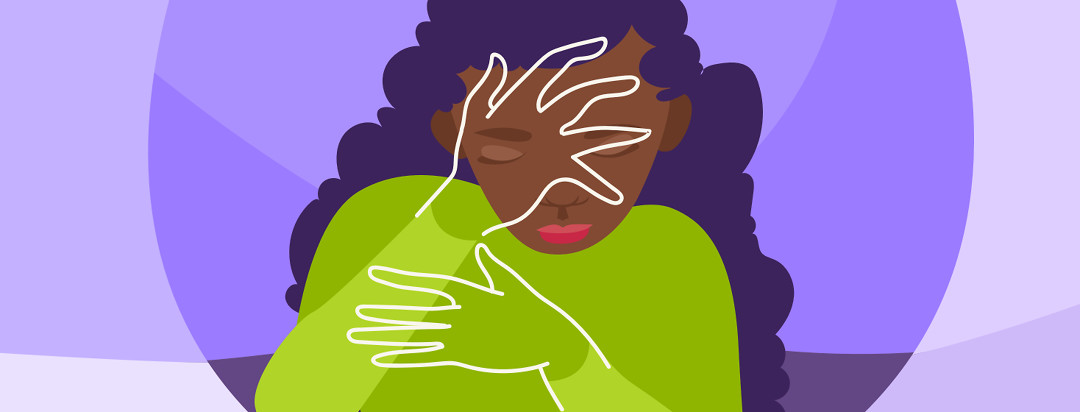My Truth: Uncomfortably Beautiful
A few weeks ago, my mom shared this quote from Sarah Jakes Roberts with me:
“What if the pieces of yourself that you resent are the parts that God wants you to use?”
My gut reaction was WOW; this is how I feel about my Stargardt diagnosis. I have shared in previous articles the slew of emotions that I have experienced at different stages in my life in regards to my visual impairment. I am pretty sure I’ve felt every emotion possible with regards to my diagnosis. Within the last few years, I have begun to OWN my diagnosis; more often than not I use it as a tool to express empathy, resiliency, and hope.
Finding new resources
Storytime! In December 2019, I had the privilege of attending the Delaware County Action Resource Network meeting to represent Purple House Project PA Inc., which is the non-profit I founded. Like most meetings, the presenter asked the room of about 60 people to go around the room and introduce themselves. Candy, who was sitting on the opposite side of the room as me, introduced herself and shared that she was from the Center for Blind and Visual Services in Delaware County. My face lit up and I vowed to myself that once the meeting adjourned, I would go across the room and introduce myself.
Making connections
When the time came, I walked over to the general proximity where I thought she was sitting and said hello, and asked which one of the women was Candy. We exchanged introductions and I shared my diagnosis with her. I offered to assist in any way I can. In turn, she gave me her business card and once I got to my office I emailed her immediately. As our conversation evolved, she invited me to present in her life skills group for individuals with visual impairments. I was, and am, extremely honored at such an invite.
Hiding vs adapting
The irony of this story, as well as my experience writing for MaculerDegeneration.net, is that up until a few years ago I tried my best to appear as “normal” as possible. Honestly, I was able to hide my disability pretty well, until I had to read something in front of someone. Essentially, I became really good, or so I thought, at adapting. However, I have since learned the difference between adapting and hiding.
Opening up about my vision loss
Now, I lead with my diagnosis within the first few moments of most conversations, meaning I disclose my diagnosis and share the parameters of my vision. While I am in the infancy stages of creating a brand that unpacks ‘The way eye see it,’ I am actively hoping to create a platform that allows me to share my story in an effort to inspire others to live their life unapologetically and remind people that they can do whatever they set their mind to with the right accommodations.
Beautiful, uncomfortable vulnerability
I get so emotional just thinking about how rewarding and liberating living in my truth is and sharing my story. Vulnerability is uncomfortable and so beautiful all at the same time. To think, all those years I tried to hide something that makes me so special and that is the way eye see it.

Join the conversation